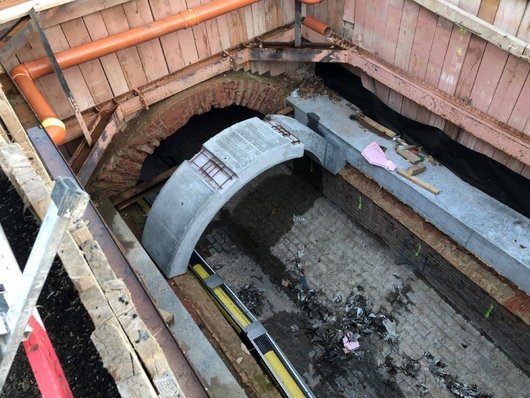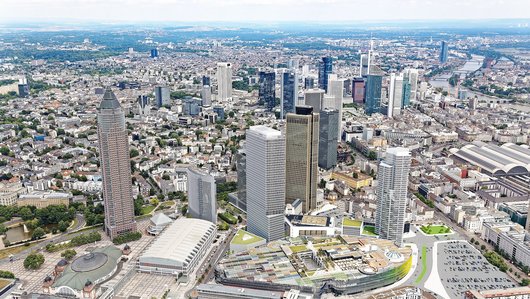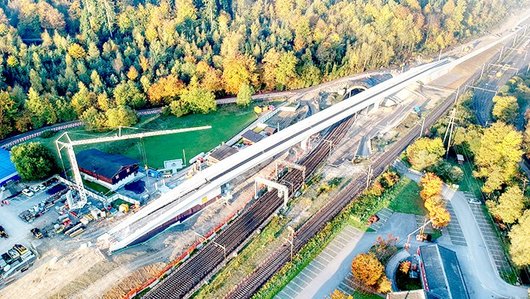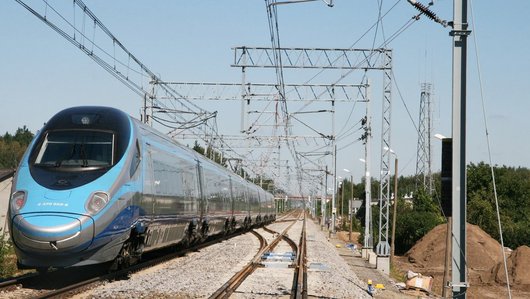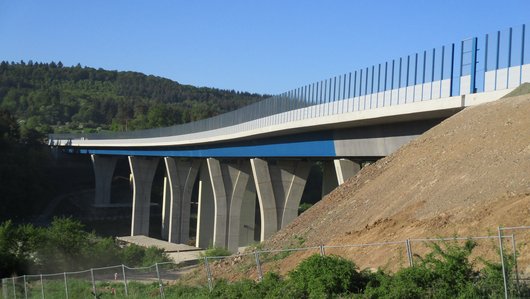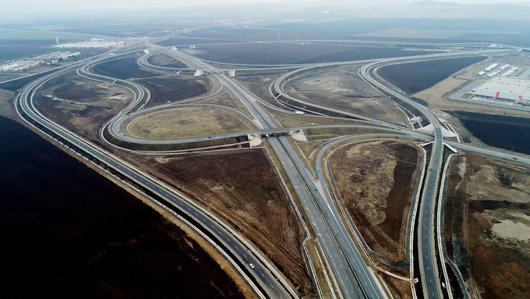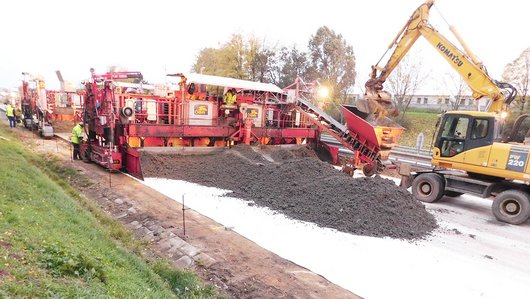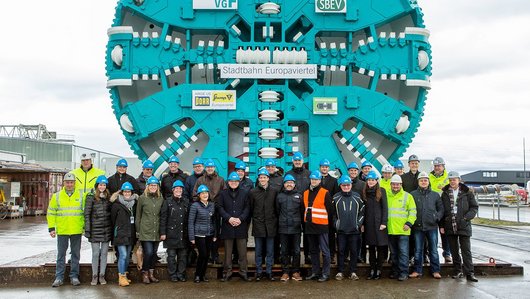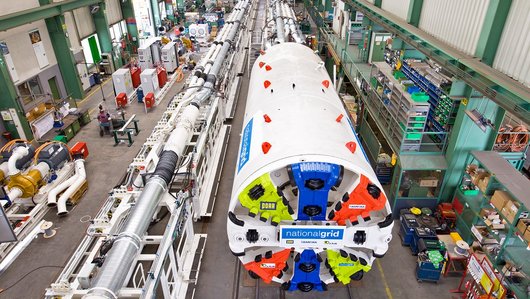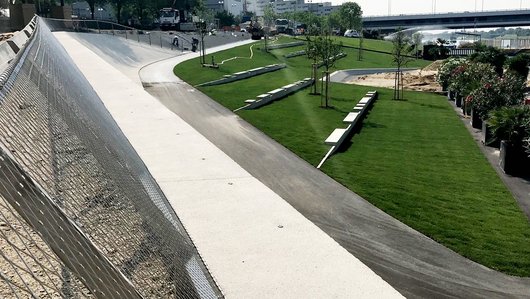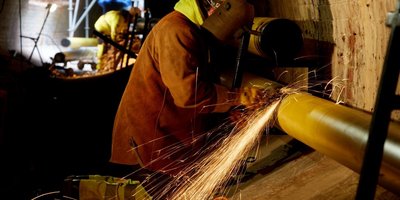
District cooling supply line for Rudolfinerhaus
The consortium Fernkälte WIBEBA – Integral and PORR subsidiary Kraft & Wärme Rohr- und Anlagentechnik GmbH constructed a new district cooling line.
A new district cooling supply line was laid in Vienna’s 19th district within a very short period of time and under extremely tight spatial conditions. The work was carried out in close consultation with both the Viennese sewer systems provider Wien Kanal and the Viennese city parks and gardens authorities, Wiener Stadtgärten.
-
EmployerWiener Netze GmbH
-
ContractorARGE Fernkälte WIBEBA – Integral
-
Order typeGeneralunternehmer
-
Project typeCivil engineering . Infrastructure
-
Project scopeConstruction of a district cooling supply line
-
Order volume2.9 million euros
-
Construction start07/2019
-
Construction end04/2020
Background
The summers are getting hotter and hotter – not just in Austria. Providing adequate cooling for buildings is thus becoming increasingly important. One environmentally friendly and cost-effective option is district cooling.
District cooling is the cooling equivalent of the much more widely-known concept of district heating and involves supplying buildings with water chilled in cooling plants by means of environmentally friendly absorption refrigerators.
These refrigerators are powered by existing waste heat, such as the heat generated by waste incineration plants. The absorption refrigerators are used to cool water down to approximately 6 - 7° C. The chilled water is supplied to customers via insulated pipelines and piped into cooling ceilings to provide air conditioning. After this cooling process, the now heated water is piped back to the cooling plant and fed back into the cycle.
Wiener Netze GmbH is planning to promote the expansion of district cooling on an extensive scale in the next few years.
The project
In July 2019, following a best bid process, Wiener Netze GmbH commissioned the Fernkälte WIBEBA - Integral consortium to act as general contractor for the construction of a district cooling pipeline to the Rudolfinerhaus private clinic.
The total order value was approximately 2.9 million euros.
A new pipe route was to be constructed, running from the existing pipeline in Heiligenstädter Lände to the Rudolfinerhaus to connect the private clinic to the supply network. In addition to the construction work, the contract also included all the pipe-laying services. The project consisted of three construction sections: “Hofzeile”, “Wertheimsteinpark” and “Krottenbachkanal”.
Due to the short construction period, which was subject to contractual delay penalties, allocated to the “Hofzeile” section, where several schools and embassies are located, the PORR subsidiary Kraft & Wärme Rohr- und Anlagentechnik GmbH was brought on board as subcontractor. The district cooling pipe was to be constructed in plastic, a first in Vienna for a project of this size.
A pre-insulated plastic pipe with a factory-insulated plastic sheath pipe in the dimensions DA 280 PE/KMR 400 was used for the supply flow and an uninsulated plastic pipe in the dimensions DA 280 PE for the return flow. In the Krottenbachkanal sewer, factory PE-coated steel pipes with DN 200 were used for both the supply and return flow.
Section 1 – Hofzeile
In accordance with the requirements of the district council, the 516m long pipe route had to be constructed during the school holidays. Completion of this section was subject to high delay penalties imposed by the employer. In addition to the very tight time schedule, the consortium also had to contend with extreme constraints in terms of space.
One lane with a minimum width of 2.5m had to be kept open to traffic at all times throughout the construction period. Parking facilities had to be provided nearby for the neighbouring embassies and access to these had to be granted at all times.
Once the pipe trenches had been completed, the team produced polystyrene pads to place under the two pipelines, the supply and the return flow, which were laid parallel to one another. A pre-insulated plastic pipe with a factory-insulated plastic sheath pipe in the dimensions DA 280 PE/KMR 400 was used for the supply flow and an uninsulated plastic pipe in the dimensions DA 280 PE for the return flow. A pressure test was carried out with water to check the weldings for potential leaks.
The positive pressure test results were documented by means of electronic data recording. After the pipes had been laid, the pipelines were covered with sand and the pipe trenches filled with self-compacting material. The surface was then temporarily sealed with hot mix.
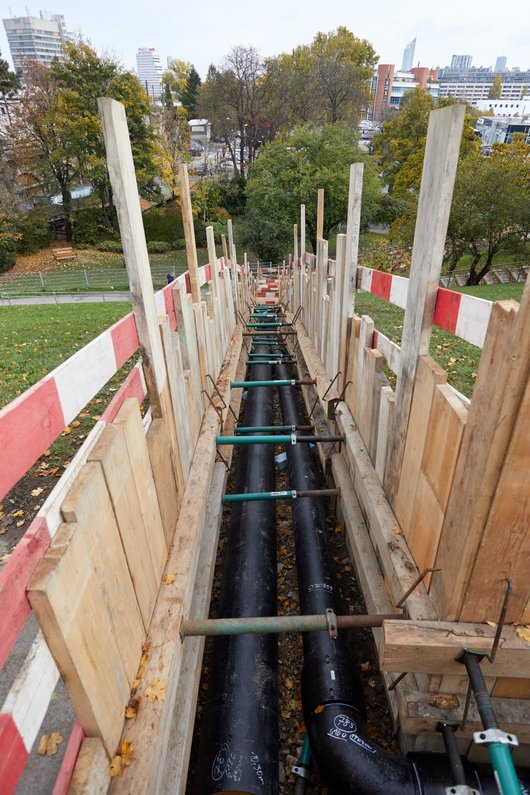

A 1,400m² access road had to be built so that the spoil and backfill material could be removed from and the pipes delivered to the site.
Section 2 – Wertheimsteinpark
Before work in the Wertheimsteinpark could begin, a 1,400m² access road had to be built so that the spoil and backfill material could be removed from and the pipes delivered to the site. This necessitated removing a layer of humus about 0.30m thick, which was stored to one side of the road.
A layer of bonded fabric was placed on top of the subgrade and covered with recycled material up to the desired level. Temporary fencing had to be set up to protect all the trees along the route.
In the course of the excavation work, the roots that extended into the pipe trench were laid bare manually and shielded under the supervision of Wiener Stadtgärten.
After completion of the pipe trenches with a route length of approximately 432m, the uninsulated plastic pipe and the factory insulated plastic sheath pipe were laid and the joints welded. A pressure test with water was performed here as well, to ensure that the pipeline was leak-proof. The pipeline was subsequently covered with sand.
Under the paved surfaces, the trenches were filled with self-compacting material and temporarily sealed with hot mix. In the grassy areas, the trenches were filled with graded replacement material and the last 0.30m were backfilled with screened humus soil. To complete the work in this construction section, the temporary site road was dismantled and the humus that had been stored by the roadside was replaced.
Approximately 2,260m of DN 100 cable conduits were laid in the Hofzeile and Wertheimsteinpark sections. In addition, 21 cable ducts were manufactured from prefabricated parts.
Section 3 – Krottenbachkanal
The team were able to start work in the Krottenbachkanal section while construction was still going on in Wertheimsteinpark. The Krottenbachkanal is a 3.2m x 2.5m brickwork profile sewer. Before Kraft & Wärme Rohr- und Anlagentechnik GmbH and Integral could start laying the pipes in the sewer, the construction pit had to be excavated by Wiener Betriebs- und Baugesellschaft m.b.H. and a 6.5m x 2.5m section of the brick vault opened up. A stair tower was constructed for safe access to the Krottenbachkanal.
Sheathed steel DN 200 PE pipes were mounted on galvanised, epoxy coal tar coated brackets over a length of 2 x 294m in the sewer.
The work inside the sewer had to be carried out subject to daily consultations with Wien Kanal. In order to protect the workers inside the canal, a safety operator had to be placed on permanent standby above ground to be able to react in good time in case the sewer became flooded. Heavy rainfall meant that the work had to be interrupted due to flooding. The workers were all equipped with mandatory multi-gas detectors and self-contained self-rescue devices when working in the sewer.
After the steel pipe was laid and welded, 10% of the weldings were subjected to non-destructive X-ray testing. In addition, a pressure test with water was performed here as well. Once the pipeline had proven to be leak-proof, it was connected to the existing pipes.
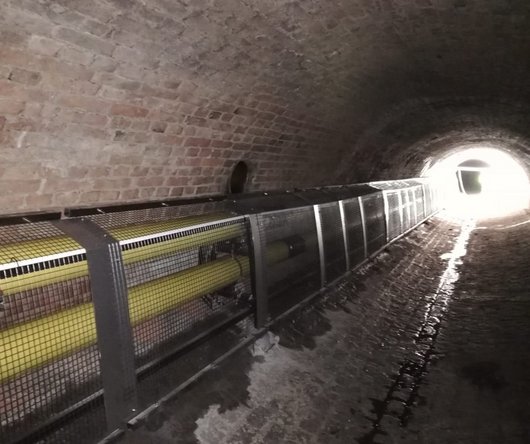

The work inside the sewer had to be carried out subject to daily consultations with Wien Kanal. Heavy rainfall meant that the work had to be interrupted due to flooding.
Technical data
-
Access road1,400m²
-
Excavation2,700m³
-
Number of cable ducts21
-
Uninsulated PE pipe DA 2801,180 running metres
-
PE pipe DA 280/KMR 4001,180 running metres
-
Steel pipe DN 200(219,1x4,5; PN 16) PE-coated588 running metres
-
Galvanised epoxy-tar resin coated brackets67
Finishing works
The final step involved filling the pipes to their full length and readying them for operation. The newly mounted steel pipe was enclosed in a stainless steel grid construction to protect it from potential damage.
Finally, the stair tower was dismantled, the sewer vault was closed with precast concrete elements, and the excavation pit was filled in.
